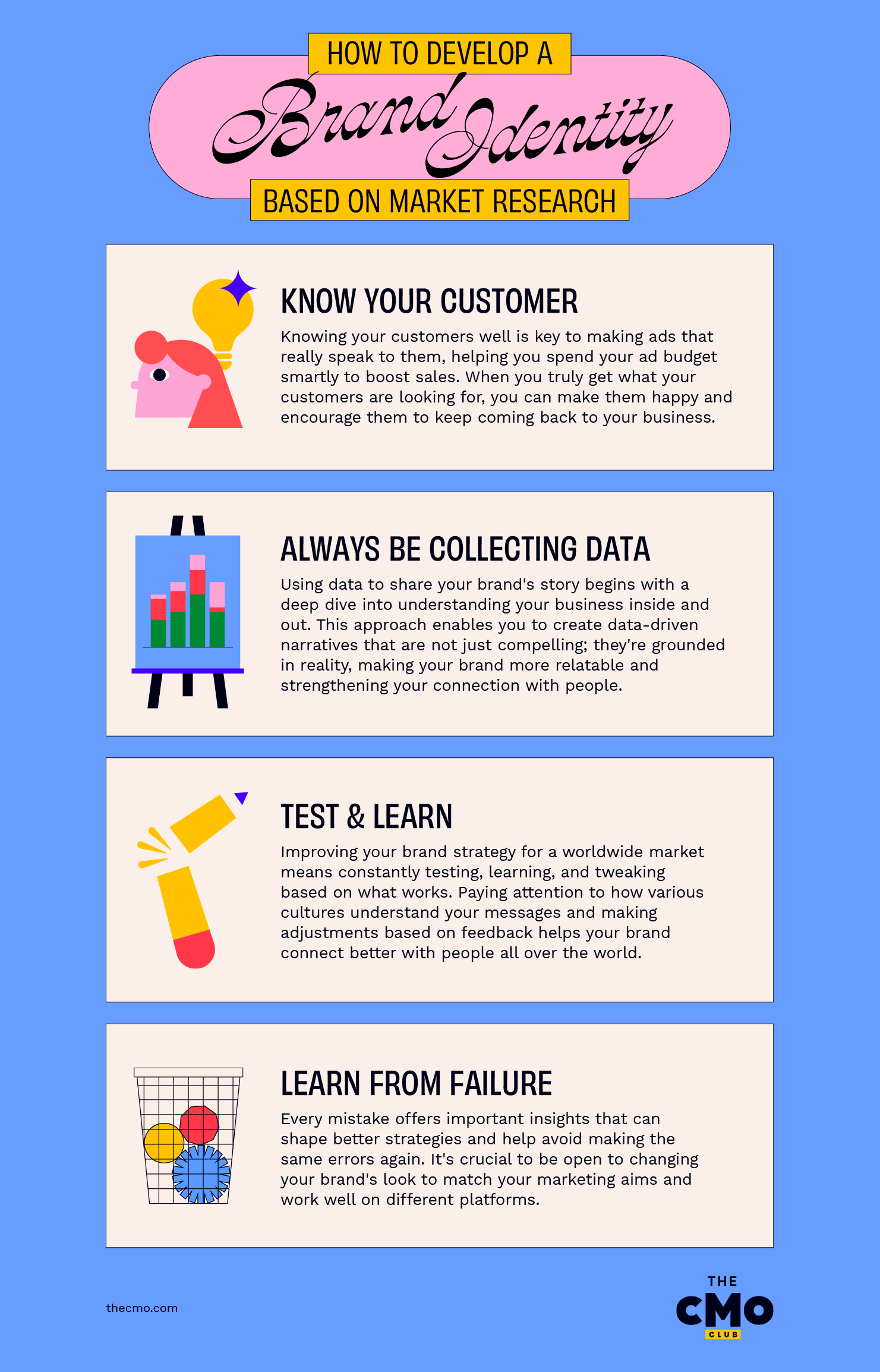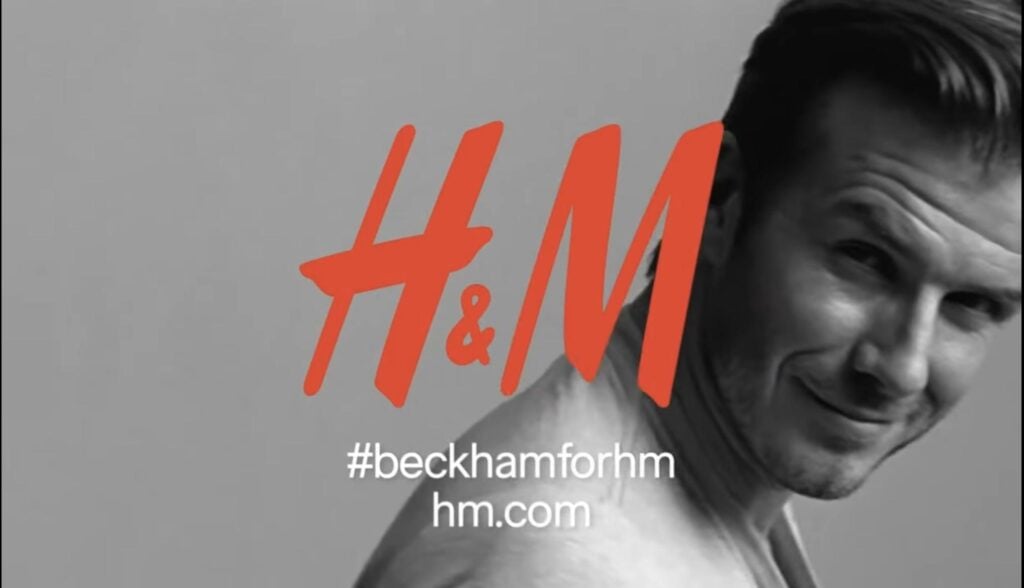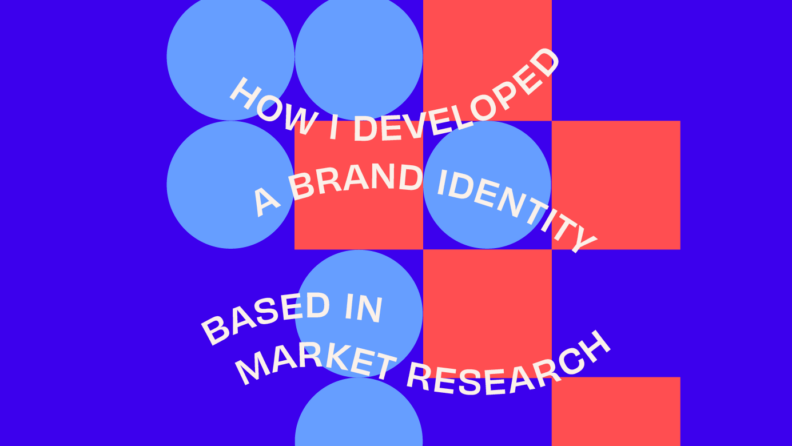I’ll break it down into a simple sentence: Successful brand marketing is the ability to create a story that other people care to share. A simple story that can be retold easily in any language to anybody in any industry.
Think about Santa Claus. His brand awareness is through the roof (pun intended), and his brand preference is likely as high. People have been caring about this story for hundreds of years, and why? Because it makes you feel something so strong that you want to believe its claim. That’s what good branding is, a belief that you’ll feel a certain way.
Santa was a product sold to us by our parents who wanted us to act properly and “be good” and we’d be rewarded at the end of the year. It is a simple cause and effect narrative. If you behave, Santa will leave presents. That is the same relationship that advertising illustrates between the buyer and the product: if you buy X, Y will happen. It’s our job as marketers to come up with the “Y”.
So, what does this mean for you?
Understanding WHY people prefer your brand over another will help you better evolve the story and gain loyalty. There are two basic questions you need to answer when designing a brand positioning and marketing strategy:
- Why should your audience care?
- Why should your audience share?
Don’t try to be all things to all people but do create a simple story that applies to most. That allows you to build awareness and then drive preference with your core audience. Once you have more learnings, you can segment your strategy later. It’s basic KYC: know your customer.

1. Know Your Customer
My best example of this is something I did back in 2011 when I was a Marketing Manager for H&M US. H&M had a collaboration with David Beckham where he designed a collection of bodywear for men (boxers, briefs, tanks, etc). The campaign video was a slow motion shoot of David Beckham in white boxer briefs, set to The Animals’ “Don’t let me be misunderstood.”
My immediate reaction was “This needs a bigger audience, let’s put this in the Super Bowl.” Many women already love and shop at H&M, and Beckham had mass appeal. Putting an ad in the Super Bowl meant we could target both group of potential customers with the same brand story.
H&M has very strict guidelines and once assets are approved, you can’t touch anything post edit. However, in order to justify the ticket price of a single thirty-second Super Bowl commercial, I needed to be able to track some type of engagement with the ad that could be measured and benchmarked against.
Our team urged H&M HQ in Stockholm, Sweden to include the hashtag #beckhamforhm to be featured for the duration of the commercial. They wouldn’t mess with the aesthetic of the original video so we compromised and they included the hashtag and a URL in the last frame of the video. That was the 3rd most tweeted hashtag that year, we sold a lot of boxer briefs and gained a ton of new followers on social media.

2. Always Be Collecting Data
That leads me to my second point which is basic ABCD: always be collecting data. Narratives are carefully written to tell a compelling story, but a compelling story without data is just a fable.
Two years ago, I started my new job as CMO of Aleph. It was my job to create our story to explain that Aleph was a new umbrella company sitting atop of a dozen acquired companies who all help advertisers connect to consumers on digital platforms in primarily emerging countries. To tell a collective brand story, we needed a single narrative and positioning that could apply to all companies and that we could take on a roadshow in hopes of a potential IPO.
I gathered all the data. I learned everything about the business, the practices, the properties, the people. With that, we created a website to help us visually organize our narrative. We created an investor presentation and tested it out 100+ times to find out which parts resonated the most and which areas needed beefing up. It was the most fascinating experience in b2b storytelling with a very realistic and impactful outcome.
It’s different from a consumer brand where you’re creating a narrative to sell boxer briefs to people watching a football game. It’s a completely different league when you’re selling to potential investors and need to clearly state your value proposition and differentiation. We learned to anticipate questions that would arise and design the narrative that way.
Pretty soon there were less clarifying questions asked and instead they were replaced with deep dives into particular areas of the business allowing us to have a dialogue on topics of interest. Testing the narrative out and collecting data allowed us to constantly adapt and create different versions for various audience segments.
Test & Learn
Our new narrative was born from the investor presentation. It served as a foundation from which we created a commercial brand strategy that could serve our business development and sales teams. They also gave us feedback and data about how the new narrative resonated with customers.
It’s remarkable how differently specific words or phrases can be interpreted differently across different cultures and regions. When your company serves customers across 130 markets, you need to choose your words carefully. The only way to know is to test and learn and iterate.
Learn From Failure
Throughout my 20 year career, I have learned far more from things that have gone wrong than from flawlessly executed marketing campaigns. It’s important to embrace those lessons so you can learn how to prevent them in the future.
Let me paint a picture of an experience that taught me quite a few lessons. It was my first time ever planning an activation at the Cannes Lions Festival. I attended in the past on the sales side but we had an events team who coordinated everything so I just showed up and did my job. At Aleph, I was responsible for our whole activation including yacht rental for meetings, sponsorship opportunities, and other tasks.
We contracted a vertical billboard in front of the Palais, where the Festival is held. I had the idea to put a QR code and our logo on the bottom of the billboard so that anyone taking pictures on the red carpet steps would capture our branding in the background. Our primary colors were brown and white so our billboard was printed on a brown background with white text. However, when it was printed on a semi-transparent background, the brown turned gray.
If that wasn’t bad enough, our logo and QR code were completely covered by the branches of a palm tree rendering our branding completely invisible. This was our first OOH attempt as the Aleph brand and it did not go as planned.
There were many lessons learned from this massive failure of an execution but one very actionable lesson that came out of that was that brown is difficult to work with as a brand color. Off the top of my head, I can think of a handful of brands with brown as their primary: Hershey’s, M&M’s, Breyer’s, UPS and Nespresso. We are now going through a rebrand exploring a new color palette that could complement our core values and align with our brand positioning.
By knowing our customers, collecting data, testing, and learning from our failures, I am proud that we’ve built a brand identity for Aleph that can serve us now with the capacity to adapt to tell the story of our future.
Developing Your Own Brand Identity
Building a successful brand identity is akin to crafting a compelling story that resonates deeply with your audience, making them care enough to share it.
To build your own brand identity, focus on knowing your customer intimately, consistently collecting data to refine your strategy, and embracing a test-and-learn approach to adapt your narrative based on feedback and results. Learning from failures is crucial, and to help you learn as you go I highly recommend subscribing to The CMO newsletter for great expert advice to your inbox.


